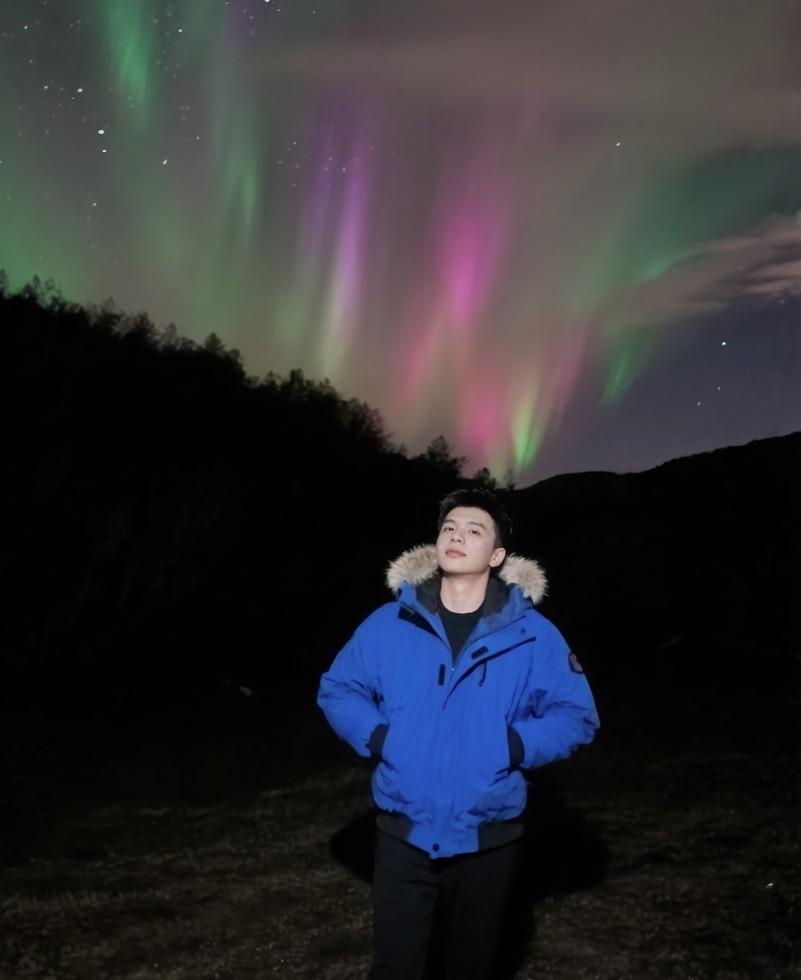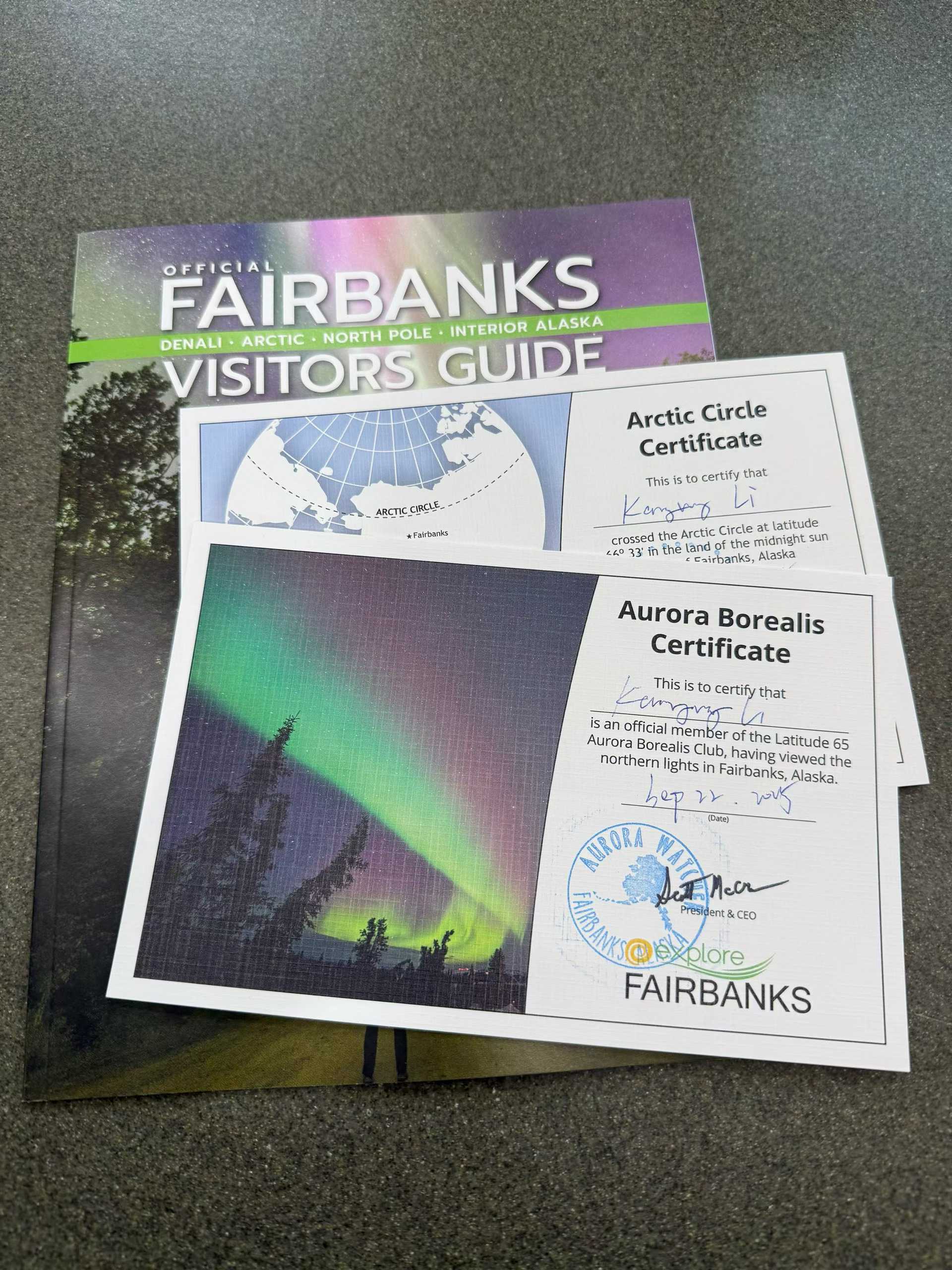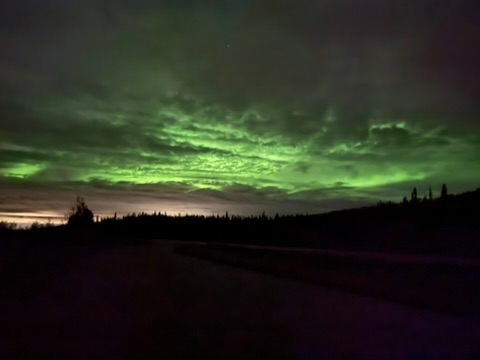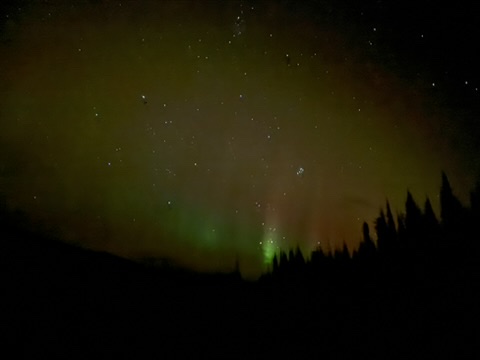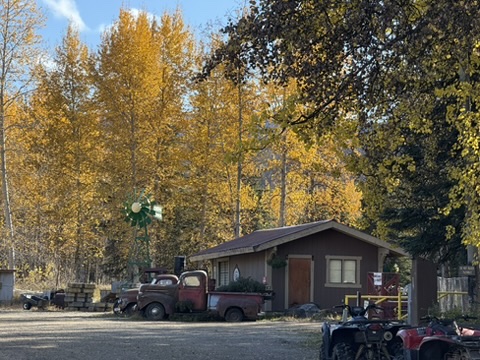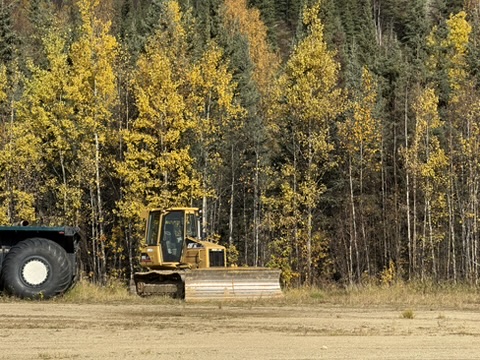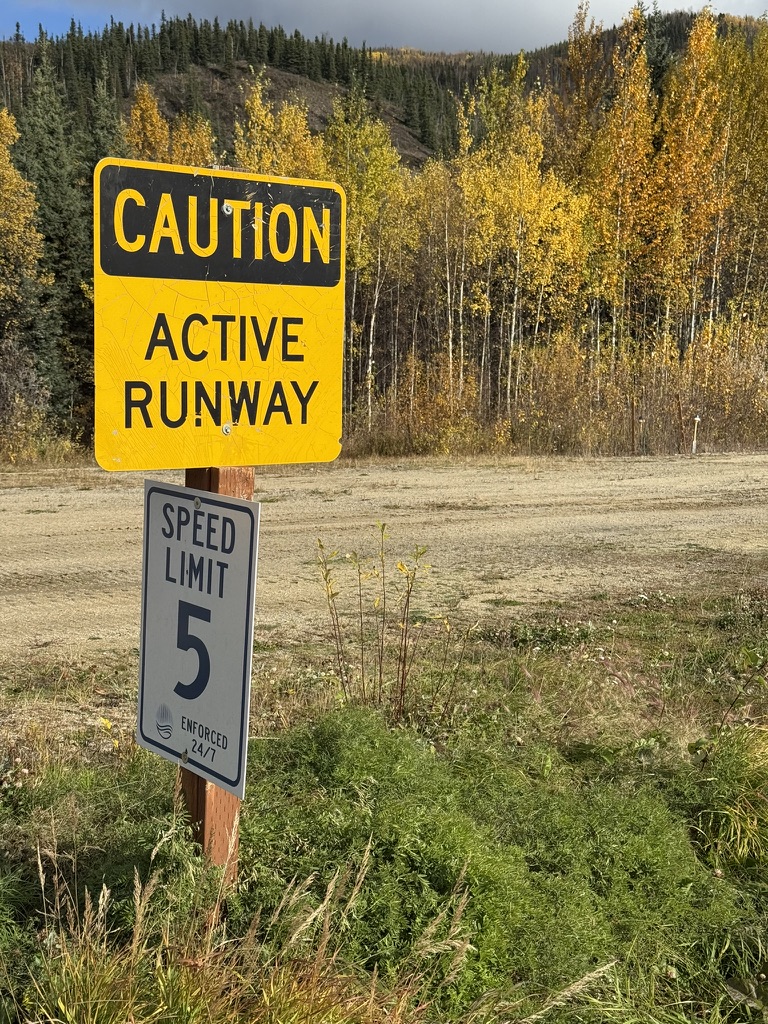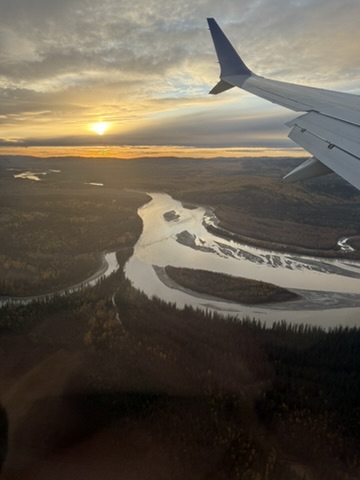Autumn—wherever it is—is always beautiful; yet Alaska's autumn arrives with a special fierceness, a special purity, and a wild vastness. My reasons for crossing mountains and seas, skirting the Rockies, looping past the Yukon River, and hurrying from Cook Inlet toward the Arctic Circle, are nothing more than a longing to savor this "autumn," the flavor of fall in the far North.
The South has its autumn, of course, but the leaves turn a pale red, the snow falls softly, and the sky's color is wrapped in warm mist, often overcast and windless. Wandering through Seattle's rain-soaked alleys or Vancouver's maple-lined paths, one drifts drowsily along, touching only the faintest chill. The bones of autumn, its soul, its severity and vastness remain elusive, intangible, impossible to taste to the fullest. Autumn is neither syrup nor a silk scarf. That half-sweet, half-soft state is ill-suited to experiencing the autumn of the far North.
It's been nearly five years since I last encountered an Alaskan autumn. Every September in the temperate zone I think of Denali's snowy crown, the shattered gold of Lake McKinley, the caribou of the Arctic tundra, the whale-breath of Seward's fjords, and the auroras over Fairbanks. In Alaska, even without leaving camp—just sitting before a log cabin at the border of conifer forest and permafrost—you can rise in the morning, brew a pot of hot cocoa, stand facing the snowy plain, and see a sky of the deepest blue, hear the crisp wingbeats of a snowy owl over the icefields. You count the shafts of sunlight slanting through the spruce branches—their edges tinged gold-red like glowing copper wire—or gaze silently at the flame-like red branches of Arctic willow (Salix arctica) on the frozen slope, and the very marrow of autumn seems to seep into your bones.
Speaking of the Arctic willow, I find the vermilion or ochre varieties best, orange-yellow next, pale yellow the least. Ideally, a few patches of unmelted snow should remain at the base of the willow, to serve as a fitting backdrop.
Alaska's spruces too have the very skeleton of autumn. Their needles, sharper than needles themselves, scatter over the steps with every gust of wind. Underfoot they crunch, releasing a crisp resin scent—dry, hard, austere. The marks left by a guide's snow shovel at the edge of the snow line seem both sparse and remote, and in some subconscious way even heroic—the ancient phrase "the wind combs a thousand cold ravines" might have been inspired by such severe places.
And the far cries of Arctic terns—Alaska's own signature sound. With no barriers across the tundra and a low sky above, you can hear their calls streaking the heavens from anywhere as they begin their journey to Antarctica. In the temperate zone you'd have to go to wetlands or the coast to hear them. Here their cries belong with the caribou's hooves and the cracking of glaciers—a letter the earth writes to the sky.
Then there's the autumn snow. Alaska's fall snow is stranger than elsewhere, with more substance, more bone to it.
Under a leaden sky, suddenly a gust of white-haired wind rises, and snow starts drifting down. When it passes, the clouds crack apart, the sky turns blinding blue again, the sun leaps out, and the guide—wrapped in heavy caribou hide, smoked salmon clamped between his teeth—stands atop an ice hummock on the post-snow icefield and, meeting a traveler, exchanges slow, weighted sighs:
"Ah, the snow will close the road soon—" (the "soon" sinking deep, heavy as stone).
"Isn't that the truth? One autumn snow, one layer of frost!"
Alaskans pronounce "layer" with a downward dip and then a lift, as though "layer" were "strata," and that mistaken intonation turns out to be perfect.
Alaska's berries are another marvel in autumn. Cranberries come first—spreading in clusters over permafrost, between rocks, along glacial meltwater. These ruby-like, lantern-like berries gleam bright and translucent against the dark red creeping stems at the very height of autumn. When the cranberries freeze into ice beads and the spruce branches crust with snow, the polar night descends and Alaska becomes a place where the Milky Way hangs to earth. Only in early September, with cranberries, blueberries, and cloudberries—reds turning purple, purples almost black—does the far North see its finest days of clear autumn, its unmatched "Silver Days."
Some travelers say polar people, especially guides, carry a deep air of severity, so Alaskan writing about autumn always has a certain hardness to it. But aren't poets of the cold the same? I've not read much polar verse and won't list examples to make an "icefield autumn miscellany," but if you turn through Inuit legends or Alaskan miners' diaries, you'll find abundant awe and reluctance about autumn. In each polar expedition account, the autumn passages cut the deepest and weigh the heaviest. Clearly, warm-blooded animals and sinewed humans alike feel something uniquely powerful, solitary, clean, and searing about the far North's fall.
Not only travelers—surely even the researchers in their Arctic stations feel an ache in the heart in autumn. Autumn recognizes neither latitude nor ethnicity. Yet in Alaska there's no word for "Autumn Scholar"—only mammoth ivory locked in permafrost for millennia. This closeness to the earth and sky makes the Alaskan fall uniquely intimate with the universe. The hardness of this autumn—especially Alaska's autumn—you can only grasp with your boots on the frozen ground.
Temperate autumn has its soft charms, of course: Boston's red leaves, Kyoto's osmanthus fragrance, Canada's maple sugar. But its sinews lack steel, its aftertaste depth. Compared with Alaska's autumn it's silk against caribou hide, green tea to strong liquor, brook to glacier, house cat to Arctic wolf.
Autumn—this Alaskan autumn—if only I could hold it, I would trade away two-thirds of my years to have just one-third of it.




